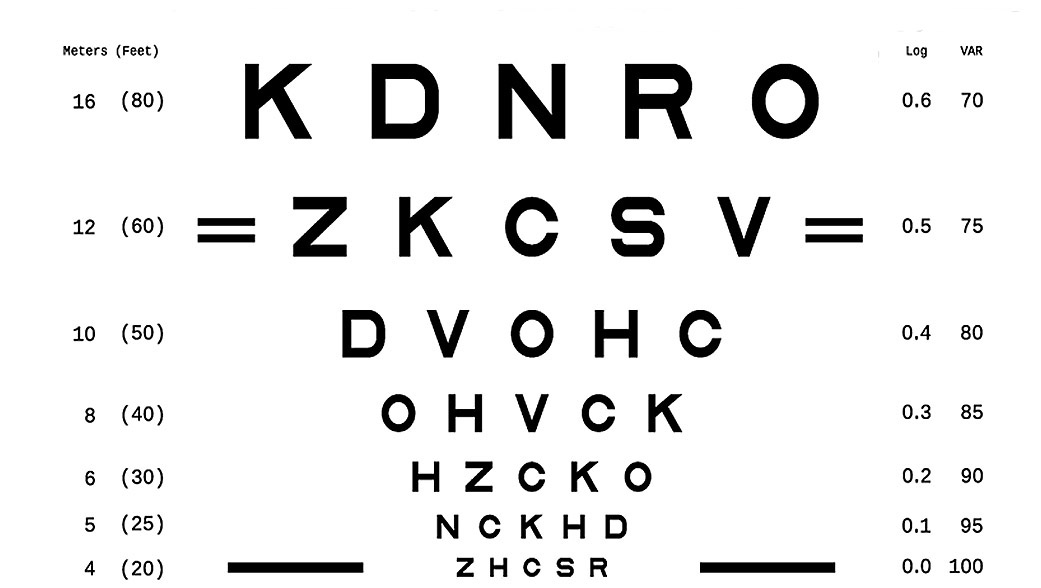Would you like to test your eyesight before we start on this digital journey?
Eye chart to measure visual acuity - essentially the sharpness of a student's vision. Traditionally, the student stands 20 feet away from the eye chart, covers one eye, reads the smallest line of letters he or she can see and repeats that with the other eye.
After that repeat all this with the next chart which has even smaller letters
2 slides: 01-01-70.jpg and 01-01-70.png
When checking these slides with my grandsons, I thought why don't I have a go myself?
I couldn't see sharp at all, checking with the doctor it proved I had cataract ..
Eye examination
An eye examination is a series of tests performed to assess vision and ability to focus on and discern objects. It also includes other tests and examinations pertaining to the eyes. Eye examinations are primarily performed by an optometrist, ophthalmologist, or an orthoptist. Health care professionals often recommend that all people should have periodic and thorough eye examinations as part of routine primary care, especially since many eye diseases are asymptomatic.Eye examinations may detect potentially treatable blinding eye diseases, ocular manifestations of systemic disease, or signs of tumours or other anomalies of the brain.
A full eye examination consists of an external examination, followed by specific tests for visual acuity, pupil function, extraocular muscle motility, visual fields, intraocular pressure and ophthalmoscopy through a dilated pupil.
A minimal eye examination consists of tests for visual acuity, pupil function, and extraocular muscle motility, as well as direct ophthalmoscopy through an undilated pupil.
Visual acuity
Visual acuity is the eyes ability to detect fine details and is the quantitative measure of the eye's ability to see an in-focus image at a certain distance. The standard definition of normal visual acuity (20/20 or 6/6 vision) is the ability to resolve a spatial pattern separated by a visual angle of one minute of arc. The terms 20/20 and 6/6 are derived from standardized sized objects that can be seen by a "person of normal vision" at the specified distance. For example, if one can see at a distance of 20 ft an object that normally can be seen at 20 ft, then one has 20/20 vision. If one can see at 20 ft what a normal person can see at 40 ft, then one has 20/40 vision.Put another way, suppose you have trouble seeing objects at a distance and you can only see out to 20 ft what a person with normal vision can see out to 200 feet, then you have 20/200 vision. The 6/6 terminology is used in countries using the metric system, and that represents the distance in metres.
This is often measured with a Snellen chart or LogMAR chart"
Because of all the links, this text is taken 1/1 from this Wikipedia page.

